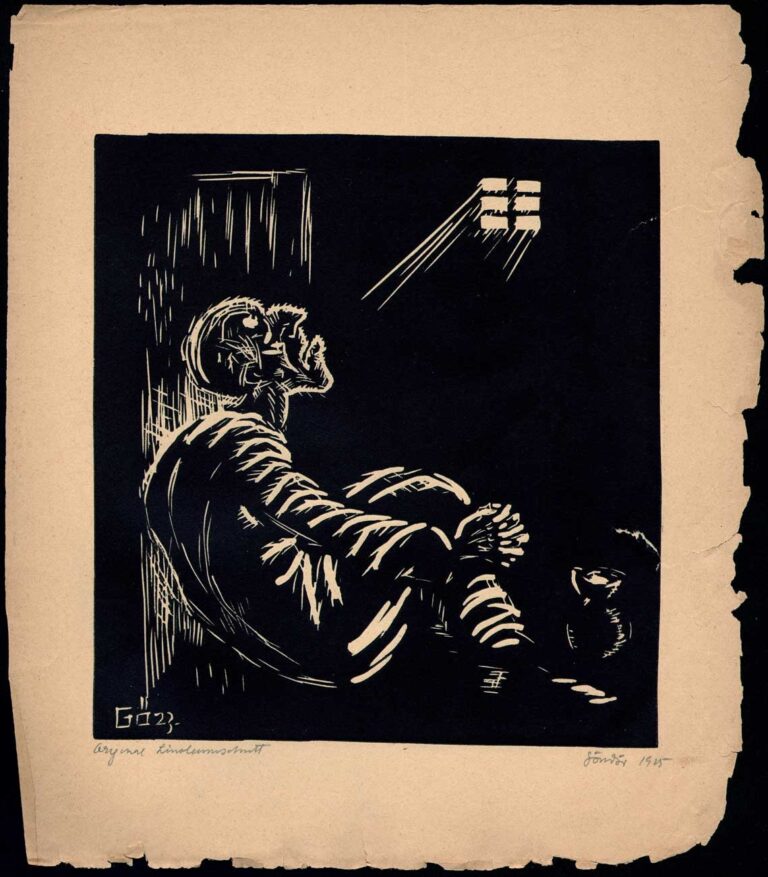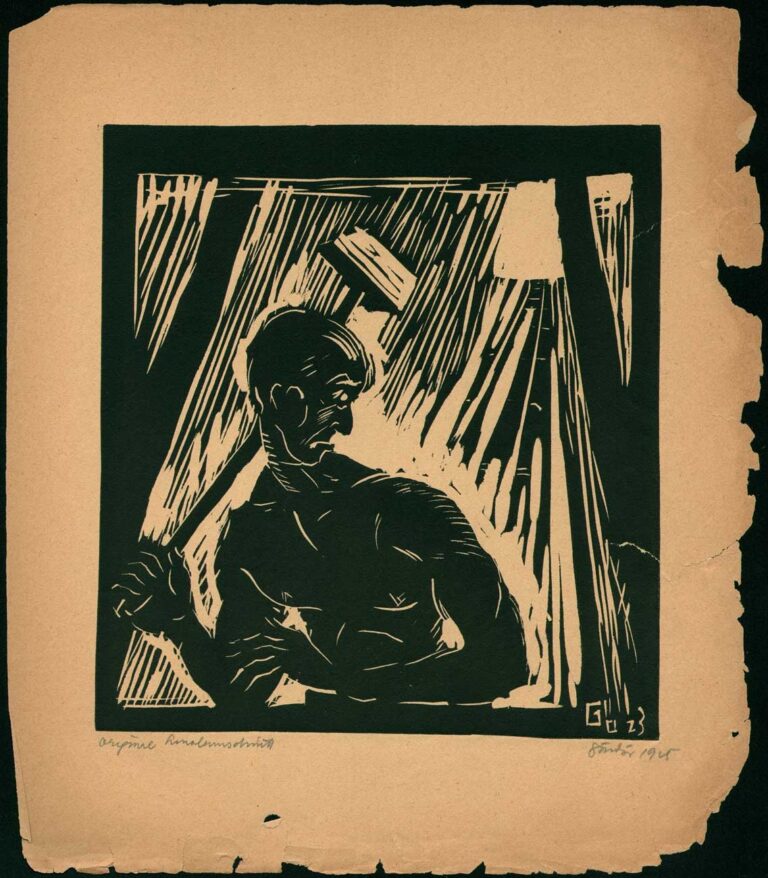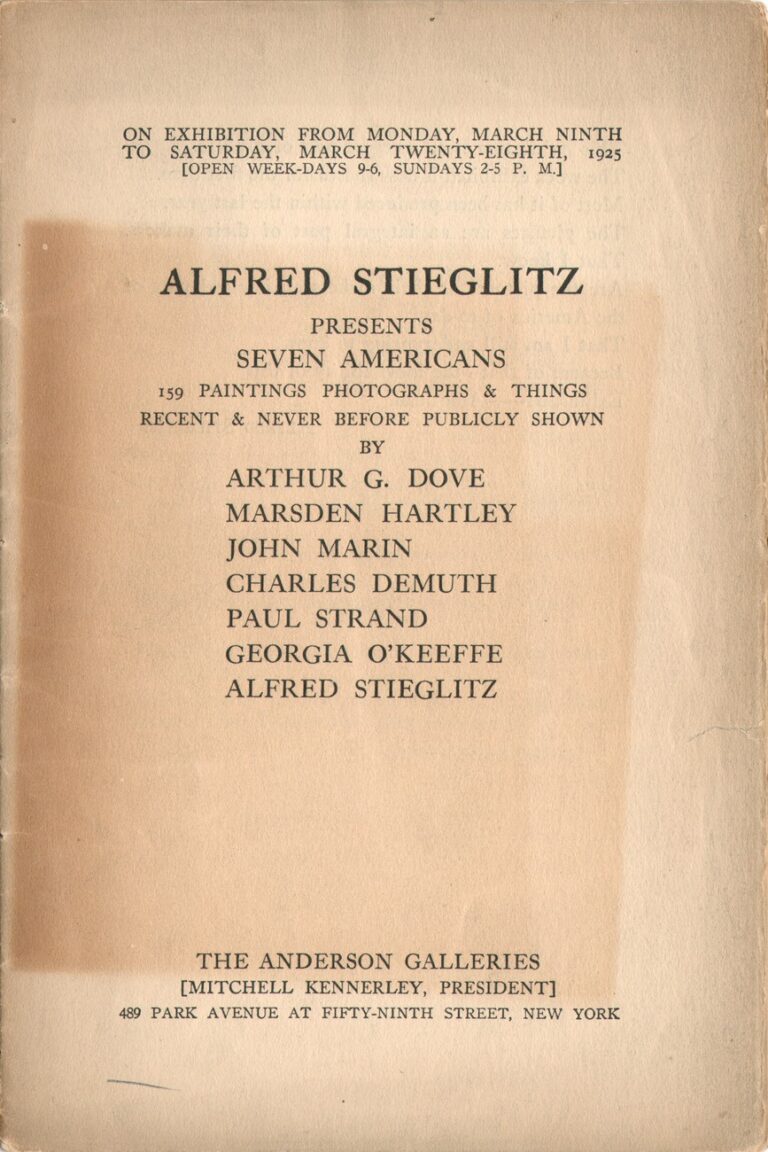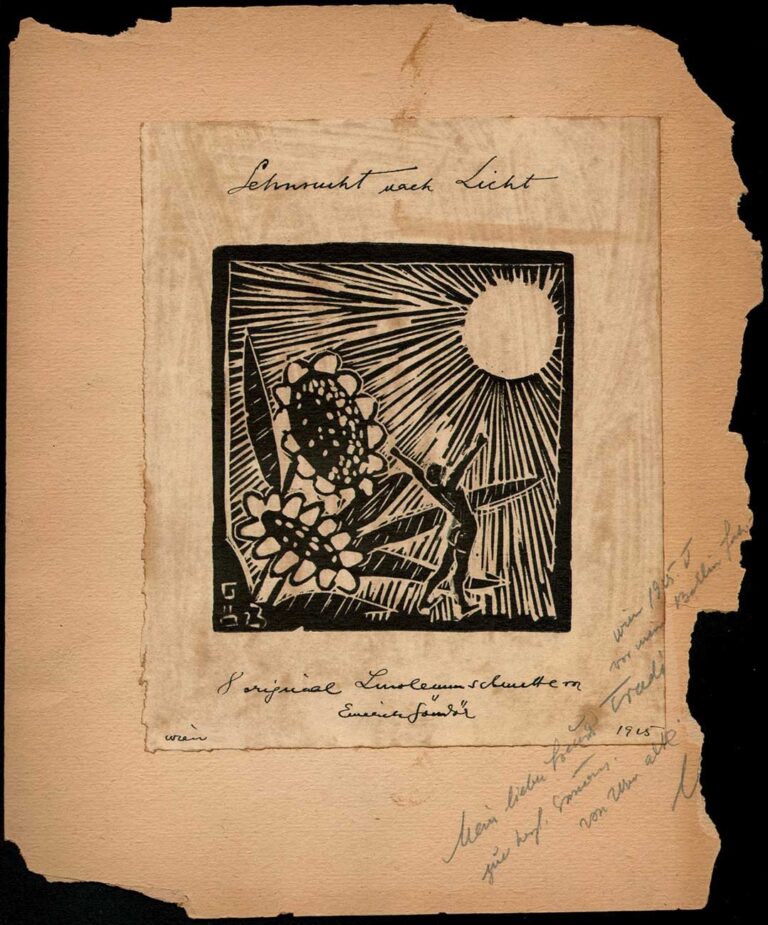
Landscape at Dusk with Moon
Photographed at dusk, this lovely pictorial view by the artist featuring the moon overhead draws the eye inward by the illuminated home at the end of the dirt road, a picture with a striking tonalist feel. Most likely enhanced with the aid of a diffusing screen between the enlarger and print in the darkroom, it has been hand-colored with dyes and varnished.
The photographic historian Christian Peterson, in his overview of Sigismund Blumanns work, speaks of his ongoing interest in art, and further weighs in on the photographers work in relation to his contemporaries, but does give a shout out to his talent as well. He mentions the work of Belgian pictorialist Léonard Misonne, whose own work is reminiscent of this dusk landscape, as well as others being important in Blumann’s artistic development:
Blumann continued to believe in natural laws of art during his editorship of Camera Craft. He personally admired the paintings of Raphael, Titian, and Camille Corot, and recommended that pictorialists study art and learn to draw to improve their photographs. …
It is true that most of Blumann’s creative photographs do not match the best work of many of the leading pictorialists he admired. He claimed he was inspired, for instance, by Clarence H. White, a prominent member of the Photo-Secession, and Arthur F. Kales, an important California pictorialist. He collected work by Misonne, Alexander Leventon, Max Thorek, and others who were much more accomplished than he. Nonetheless, he possessed demonstrable artistic talent. In 1916 he claimed, ‘I feel an impulse to express emotions in pictures emotions of my own in pictures made by myself. Since it is not given me to use the pencil or the brush, I use the camera. (1.)(55)
- Excerpt: “Sigismund Blumann, California Editor and Photographer,” by Christian A. Peterson; History of Photography, vol. 26, no. 1 (Spring 2002) p. 61, 66. (55) Sigismund Blumann, ‘The Amateur Photographer’, Photo Era 36 (February 1916), p. 63



